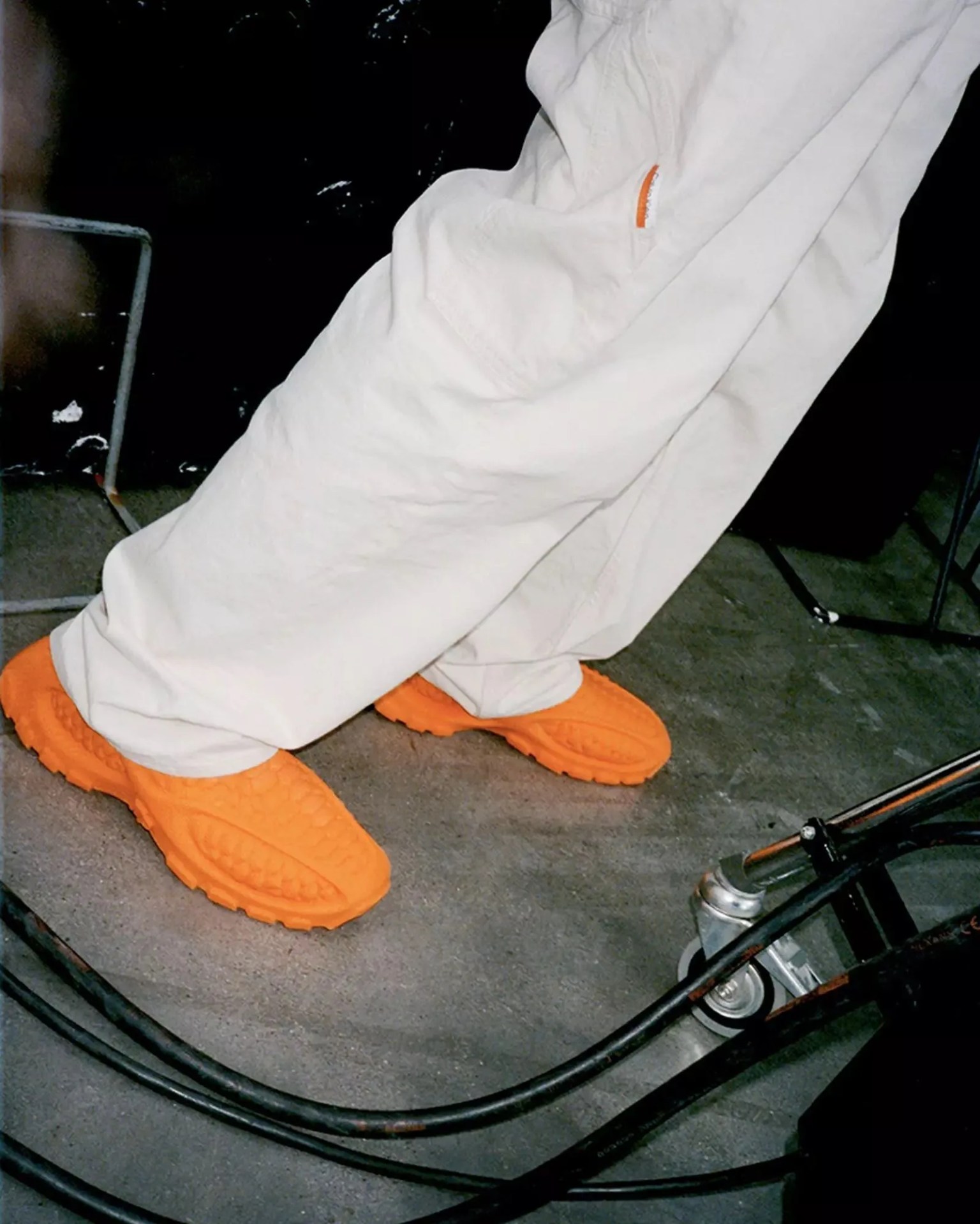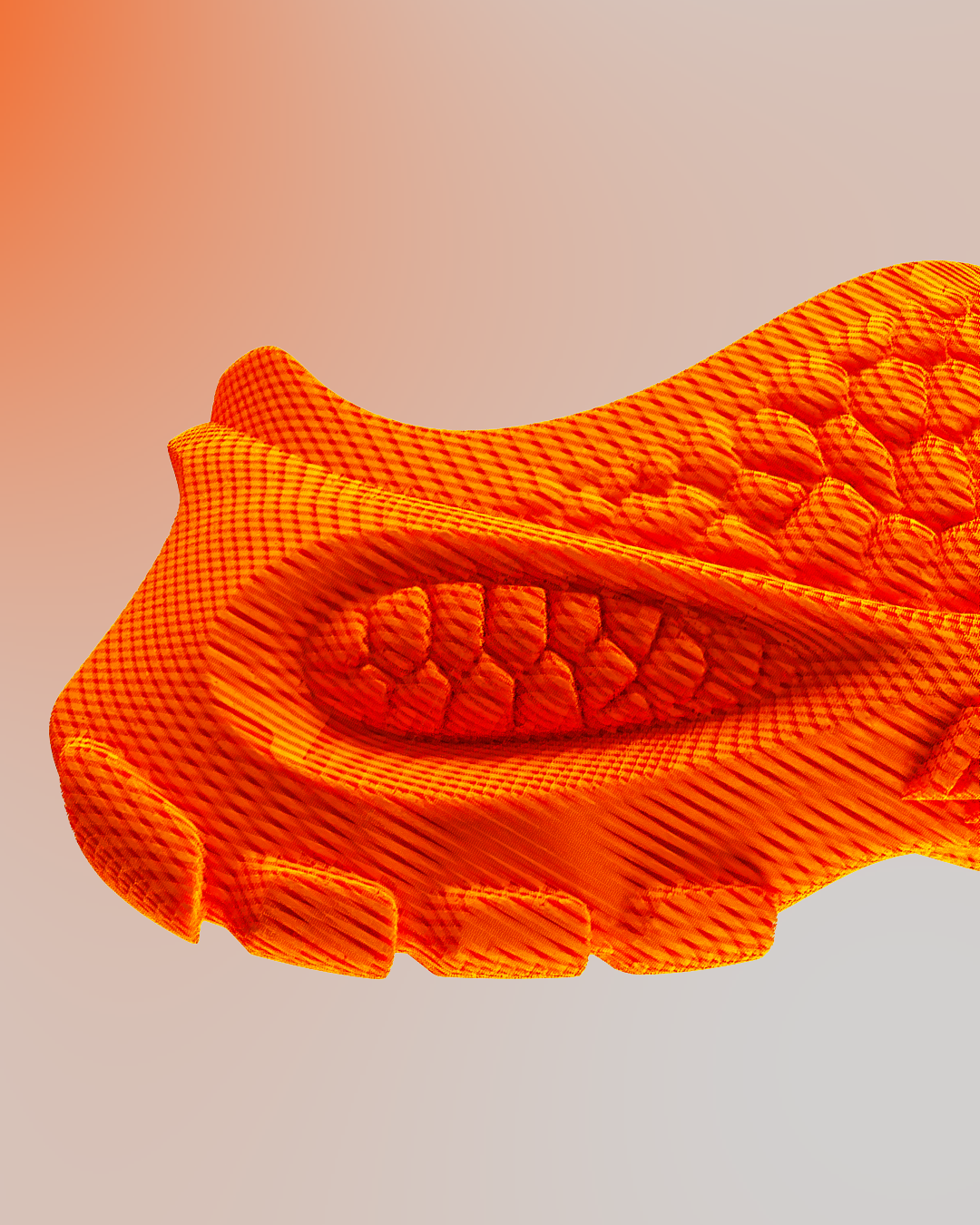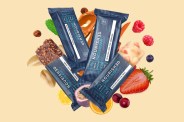Zellerfeld isn’t your usual sneaker company. Sure, Zellerfeld sneakers exist — namely, one with promising designer Heron Preston — but its founders don’t see Nike or Adidas or even Allbirds as real competition. Instead, comparisons to Tesla or SpaceX are more fitting, CEO Cornelius Schmitt admits in interviews. (They even made a pair of shoes for Elon Musk’s son, X Æ A-XII.)
That’s because Zellerfeld isn’t a fashion brand. It’s a software company. Designers submit files and Zellerfeld 3D prints them, creating sneakers out of a soft, spongy recycled TPU material — sort of like Adidas Boost, for example.

Right now, each pair takes 40 hours to make, a timeframe constrained by the company’s current scale. But they’re ramping up production and soliciting beta testers. Testers will wear the latest update of the HERON01, Version 0.81, Preston’s signature shoe, and provide feedback on how it fits, what sorts of terrain it couldn’t tackle — if it rubbed or caused blisters and so on and so forth. Zellerfeld will also analyze your foot’s imprint, where the tread wore down fastest and whether any damage occurred. These data points and open-ended answers will inform the next version, Version 0.82.
“The beta tester community has been incredible,” Preston says. “The demand and feedback for the first version was beyond my expectations, and interacting with beta testers makes me want to continually update the design for them to try.”

In the future, feedback can be returned in real time, and edits can be made at a similar speed. Once an update is made, the sneaker owner can send that pair back for it to be repurposed into the newest model.





